The perfect coastal vacation combines variety with convenience—places where you can experience diverse water activities without spending precious hours driving between locations. Certain American coastal cities have developed impressive recreational infrastructure that makes multiple outdoor adventures possible within remarkably compact areas.
These destinations allow visitors to seamlessly transition between biking scenic waterfront trails, paddling protected waterways, and swimming in refreshing ocean waters, all in a single afternoon. These multisport havens offer exceptional value for active travelers seeking to maximize their coastal experiences.
Here is a list of 16 coastal cities where you can easily bike, kayak, and swim within the same afternoon without sacrificing quality in any activity.
Santa Barbara, California

Santa Barbara perfectly balances natural beauty with accessible infrastructure, creating a coastal playground where transitions between activities feel effortless. The Cabrillo Bike Path runs along the coastline for miles, passing harbor views, palm-lined beaches, and the historic wharf where cyclists can pause to watch sea lions basking in the sun. East Beach offers protected swimming conditions with lifeguards present, with mountain backdrops creating spectacular scenery during water immersion.
Kayaking the Santa Barbara Harbor provides close encounters with marine life, including harbor seals, while paddling under the wharf reveals schools of fish darting among the pilings. The city’s Mediterranean climate ensures comfortable conditions for outdoor activities for approximately 300 days per year.
San Diego, California

Mission Bay Park—the largest aquatic park of its kind in America—forms the centerpiece of San Diego’s multisport paradise with 27 miles of shoreline. The flat, paved paths circling the bay accommodate cyclists of all abilities, with constant water views and convenient access points for transitioning to other activities.
Protected bay waters provide ideal kayaking conditions for beginners, while guided tours explore hidden channels and wildlife areas housing egrets and herons. Mission Beach offers ocean swimming with lifeguard protection along with wave-watching opportunities as surfers tackle Pacific swells beyond the swimming areas. The moderate climate means water activities remain comfortable year-round, though locals recommend bringing light layers for occasional afternoon wind.
Like Travel Pug’s content? Follow us on MSN.
Charleston, South Carolina
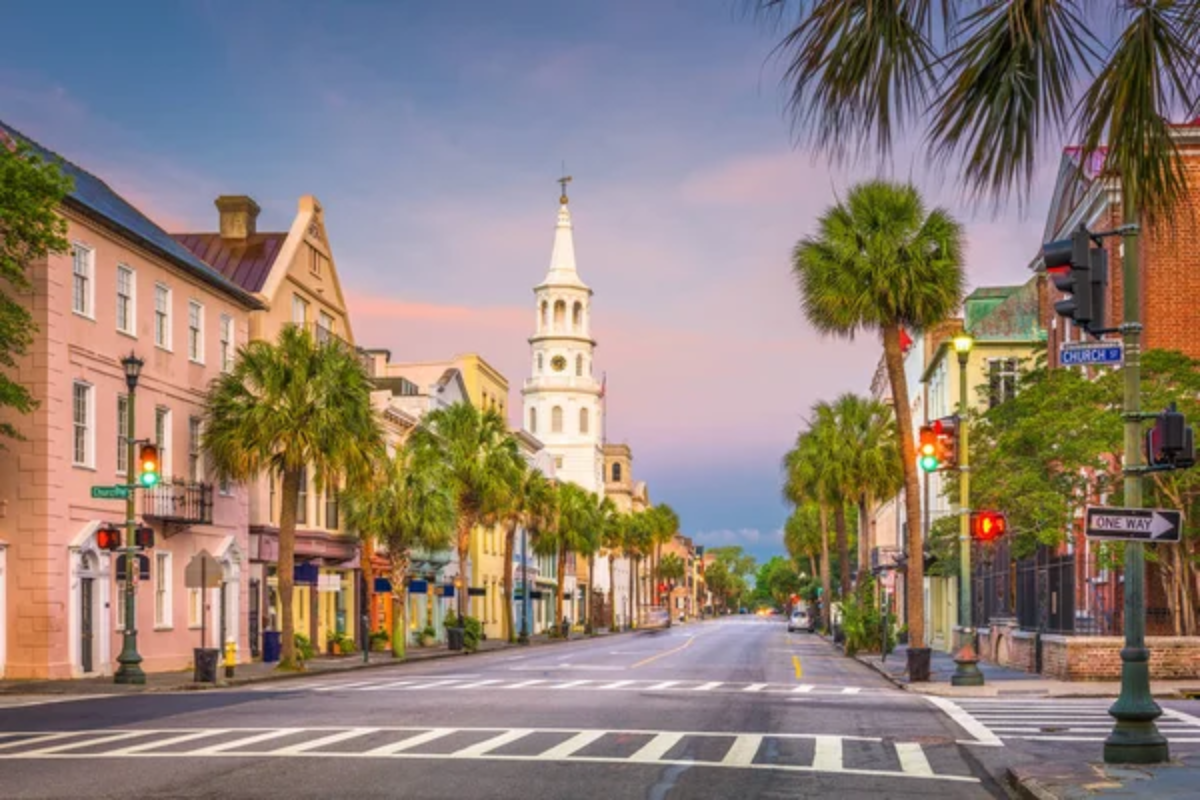
This historic Southern city surrounds itself with water opportunities that complement its architectural treasures and culinary excellence. The West Ashley Greenway provides eleven miles of paved and dirt trails ideal for cycling between moss-draped oak trees and coastal marshland filled with birds and wildlife. Shem Creek in nearby Mount Pleasant offers protected kayaking waters where paddlers regularly spot dolphins hunting among the shrimp boats that supply local restaurants.
Sullivan’s Island beaches, located about 15 minutes by car from downtown, provide swimming options with gentle waves and less crowded shores than more commercialized beach destinations. The city’s peninsular position creates water access in nearly every direction, with activities often just a short bike ride apart.
Portland, Maine

Maine’s largest city combines working waterfront authenticity with recreational access that makes multisport days remarkably straightforward. The Eastern Promenade Trail follows the shoreline past fishing piers and boat launches, offering cyclists constant ocean views and multiple access points to the water below. Casco Bay kayaking allows paddlers to explore calendar-worthy coastal scenery, including historic forts and lighthouses standing sentinel over the harbor entrance.
East End Beach provides refreshing swimming opportunities with views of the islands dotting the bay—though locals acknowledge the bracing water temperatures even in summer months. The compact nature of Portland’s waterfront means transitions between activities require minimal time, maximizing actual adventure minutes during limited vacation days.
Seattle, Washington
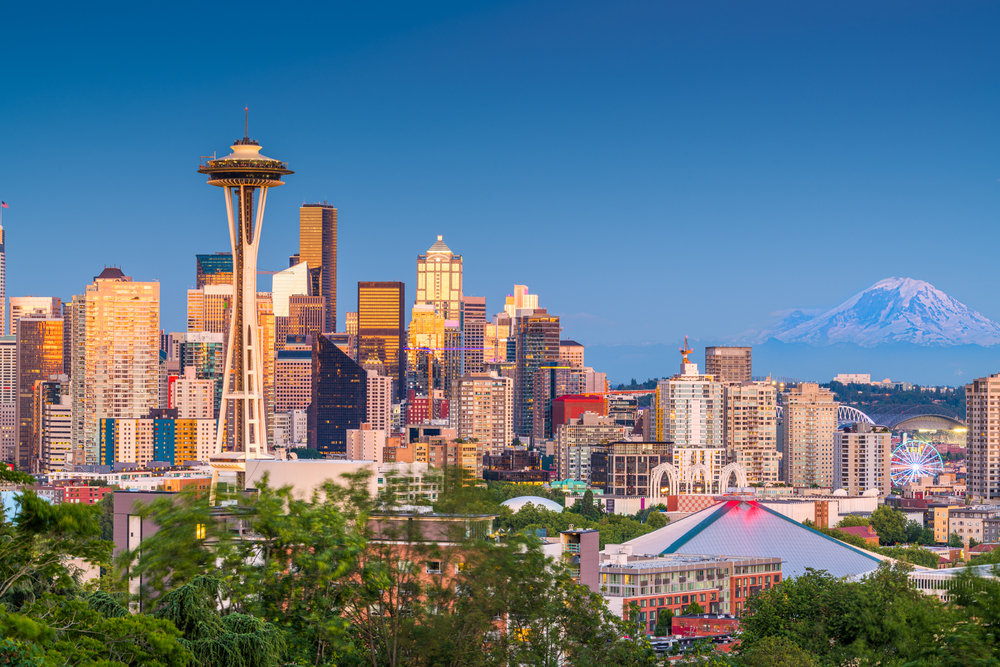
Despite its rainy reputation, Seattle offers remarkable water-based recreation during summer months when days stretch past 9 PM with comfortable temperatures and frequent sunshine. The Burke-Gilman Trail connects multiple waterfront parks and neighborhoods along Lake Washington and Lake Union, providing cyclists miles of scenic riding with mountain views on clear days. Multiple outfitters rent kayaks along the trail, allowing paddlers to explore houseboat communities made famous in “Sleepless in Seattle” or navigate through the Ballard Locks alongside commercial fishing vessels.
Swimming beaches at Matthews Beach Park and Magnuson Park offer freshwater options with lifeguards during summer months, providing refreshing breaks from saltwater activities. The city’s unique position between Puget Sound and freshwater lakes creates diverse water experiences within surprisingly short distances.
Like Travel Pug’s content? Follow us on MSN.
Virginia Beach, Virginia
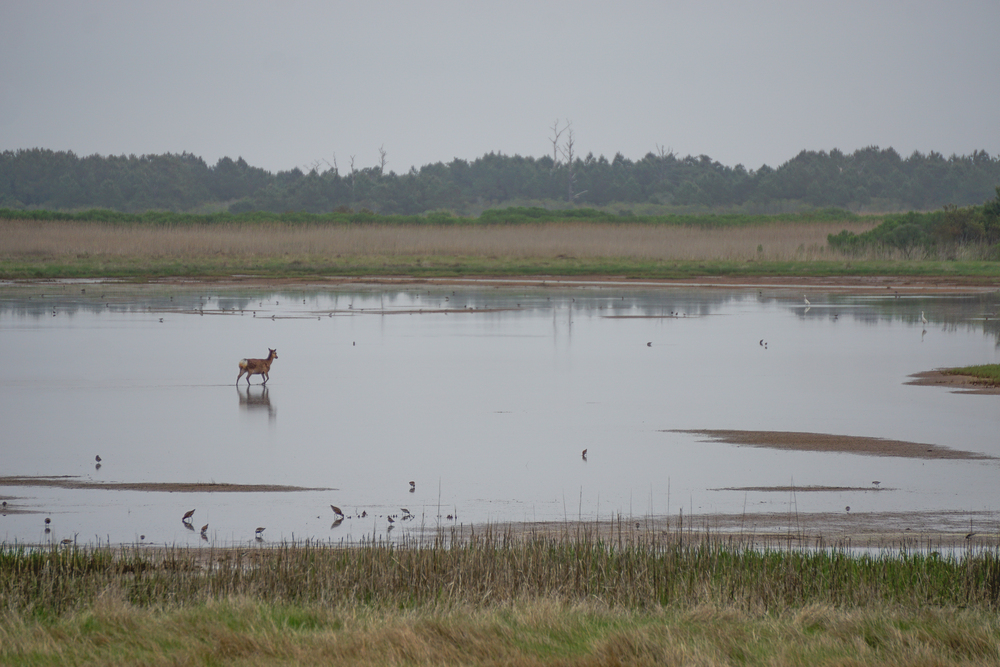
This resort city combines a vibrant oceanfront boardwalk with extensive natural areas perfect for multisport adventures. The extensive Cape Henry Trail winds through First Landing State Park, offering cyclists miles of path through maritime forest and cypress swamps just minutes from oceanfront accommodations. Rudee Inlet and Lynnhaven River provide protected kayaking waters where paddlers explore tidal creeks while spotting ospreys and occasionally dolphins swimming up from the Chesapeake Bay.
The city maintains acres of wide, sandy beaches with designated swimming areas and lifeguard protection throughout the summer season. The flat topography makes cycling particularly accessible, while extensive public facilities support smooth transitions between activities.
Corpus Christi, Texas
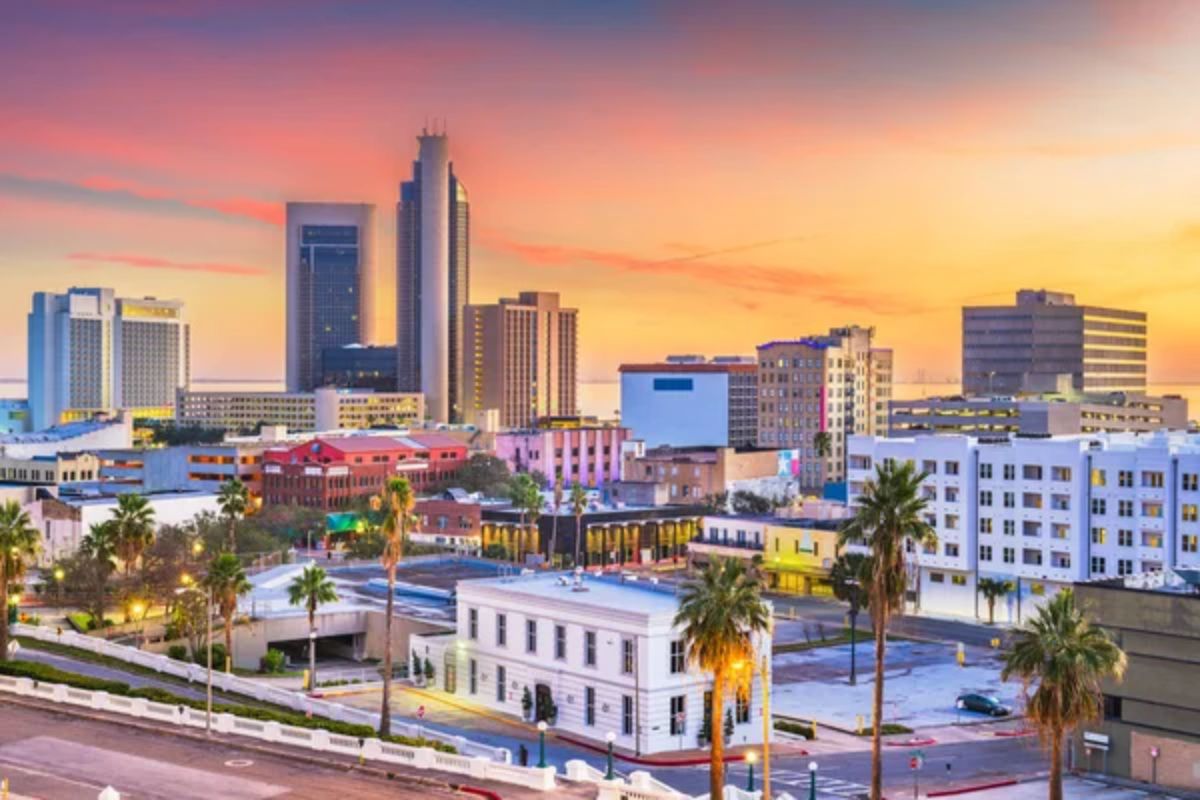
This Gulf Coast city offers wind-powered activities alongside traditional water sports, creating multi-dimensional coastal experiences. The Bayfront bicycle path traces the shoreline’s past attractions, including the USS Lexington aircraft carrier museum and Texas State Aquarium, providing easy access to various water entry points. Padre Island National Seashore—the longest undeveloped barrier island in the world—offers pristine kayaking through Laguna Madre, one of only six hypersaline lagoons globally, creating unique paddling opportunities alongside coastal birds and marine life.
McGee Beach downtown and beaches along Ocean Drive provide swimming options protected from stronger Gulf currents, while more adventurous swimmers head to Padre Island beaches. The city’s Bayfront location creates consistent breezes perfect for wind-dependent water sports during afternoon hours.
Portland, Oregon

This Pacific Northwest city embraces river culture alongside its progressive reputation, with the Willamette River flowing directly through downtown. The Eastbank Esplanade and Springwater Corridor provide miles of riverfront cycling with mountain views, public art installations, and frequent access points to the water below. The recent completion of the Willamette River Restoration Project has transformed water quality, making swimming viable at several beaches, including Poet’s Beach downtown and Sellwood Riverfront Park in residential neighborhoods.
Multiple kayak rental locations allow paddlers to explore riverside neighborhoods, pass under the city’s famous bridges, or venture to nearby Ross Island to spot bald eagles and great blue herons. The city’s compact layout means these diverse water experiences exist within easy cycling distance of downtown hotels and restaurants.
Like Travel Pug’s content? Follow us on MSN.
Pensacola, Florida

The western anchor of Florida’s Panhandle combines military history with outstanding natural resources for water enthusiasts. The paved Pensacola Bay Bridge Trail connects the mainland to Pensacola Beach, rewarding cyclists with panoramic water views and dolphin sightings during the 3-mile crossing. The Gulf Islands National Seashore offers protected kayaking through crystalline waters alongside undeveloped barrier islands where paddlers often have small beaches entirely to themselves.
The sugar-white beaches along Santa Rosa Island provide swimming in emerald waters that rival Caribbean destinations, with lifeguards stationed at main public beaches during summer months. The presence of Naval Air Station Pensacola adds the possibility of watching Blue Angels practice flights between water activities during certain times of the year.
Bar Harbor, Maine
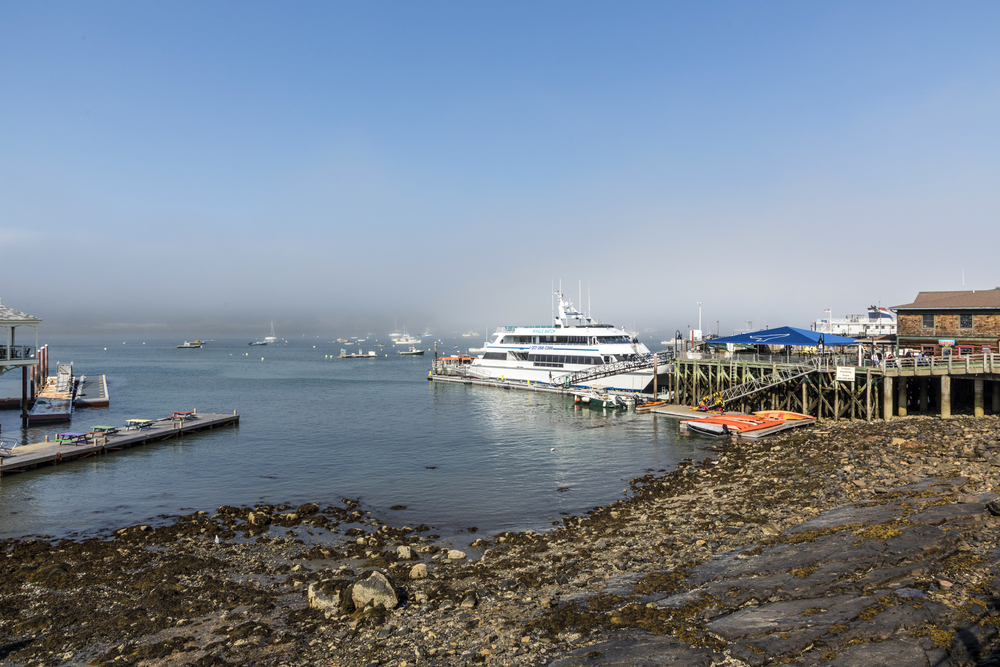
This gateway to Acadia National Park combines dramatic coastal scenery with accessible adventure opportunities throughout the warmer months. The carriage roads within the park provide car-free cycling on crushed-stone surfaces past lakes, forests, and occasional ocean vistas created by 19th-century philanthropist John D. Rockefeller Jr. Frenchman Bay offers protected kayaking waters with views of the Porcupine Islands and opportunities to paddle alongside harbor seals that frequently approach curious kayakers.
Sand Beach provides the park’s only sandy ocean swimming, though locals more frequently choose Echo Lake and Lake Wood for warmer freshwater alternatives when ocean temperatures prove too bracing. The compact nature of Mount Desert Island means these diverse activities often sit within just a few miles of each other.
Savannah, Georgia
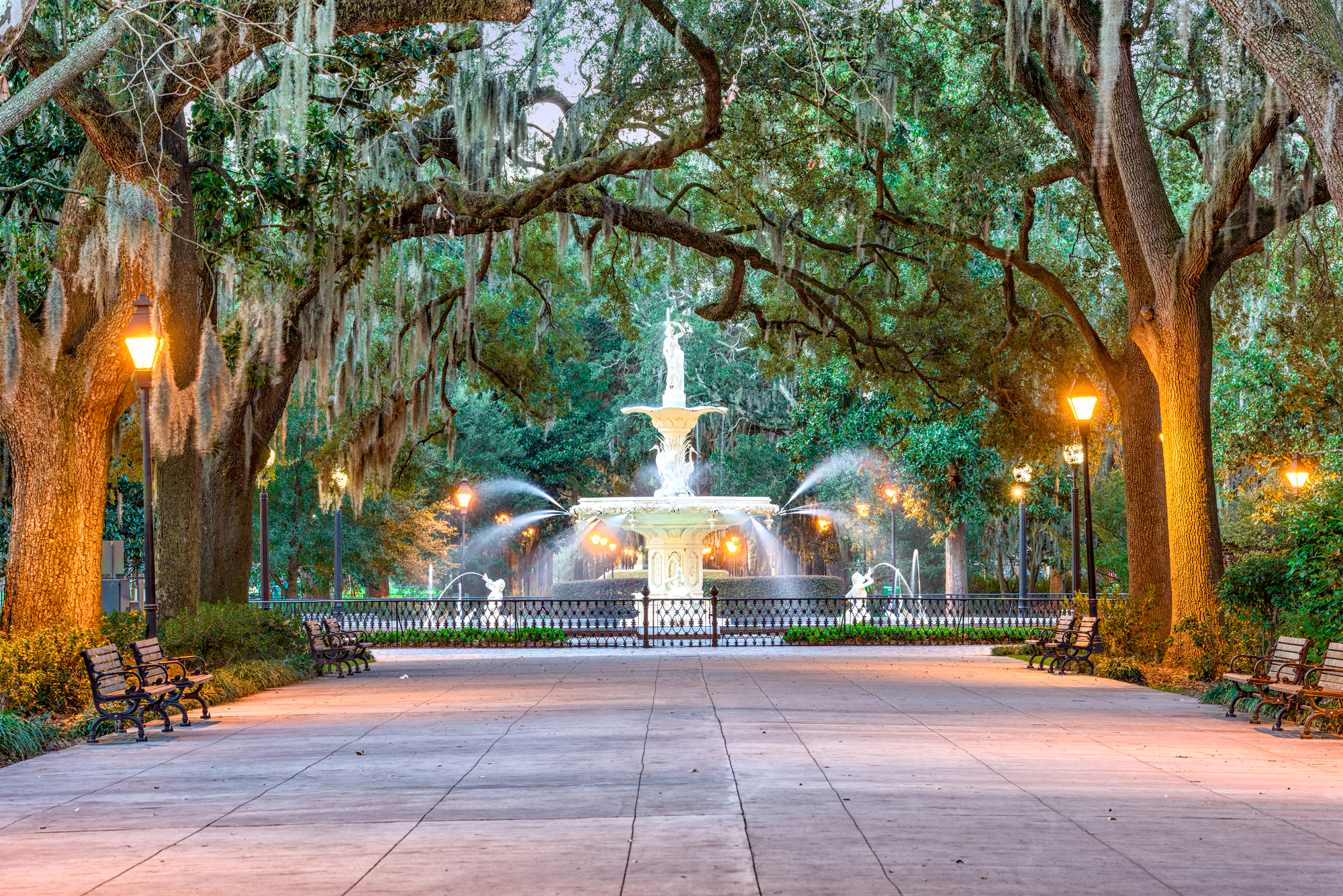
This historic Southern city complements its famous architecture and oak-lined squares with water access just minutes from downtown attractions. The McQueen’s Island Trail follows a former railroad line beside the Savannah River, offering cyclists six miles of path through coastal marshland with frequent wildlife sightings. Nearby Tybee Island provides kayaking opportunities through peaceful salt marshes where paddlers navigate alongside herons, egrets, and occasionally playful dolphins.
The island’s wide beaches offer swimming options with lifeguard protection during summer months, though tide schedules significantly impact water conditions. The proximity of these diverse environments—from historic urban grid to wild coastal marsh—creates remarkable recreational variety within short travel distances.
Like Travel Pug’s content? Follow us on MSN.
Burlington, Vermont

Lake Champlain creates a stunning backdrop for this college town, where water adventures complement the community’s renowned food and craft beverage scenes. The Island Line Trail follows the lakeshore before continuing onto a former railroad causeway that extends directly into the lake, providing cyclists with extraordinary water views in multiple directions. Local outfitters offer kayak rentals that allow paddlers to explore the shoreline or venture to nearby islands during summer months when the lake’s waters calm.
North Beach Park provides sandy lakefront swimming with lifeguards during summer, while more adventurous visitors seek out lesser-known swimming pools along the Winooski River just minutes from downtown. The city embraces all seasons but truly shines during summer when long daylight hours accommodate multiple activities.
Duluth, Minnesota

Positioned at the western tip of Lake Superior, this reinvented industrial city embraces outdoor recreation alongside its working waterfront heritage. The Lakewalk extends for seven miles along the shoreline, giving cyclists views of massive lake freighters navigating the harbor alongside the world’s largest freshwater sandbar.
The St. Louis River Estuary provides protected kayaking waters where paddlers explore backwater channels through North America’s largest freshwater estuary. Park Point Beach—the world’s longest freshwater sandbar—offers swimming when Lake Superior’s notoriously cold waters warm sufficiently during midsummer, with temperature variations creating interesting swimming conditions as waters mix. The city’s hillside position provides frequent elevated viewpoints over the lake between activities.
Anchorage, Alaska

Despite its northern location, Alaska’s largest city delivers remarkable coastal recreation during summer months when daylight extends past 10 PM. The Tony Knowles Coastal Trail follows Cook Inlet for eleven miles, rewarding cyclists with stunning mountain views and frequent wildlife sightings, including moose that occasionally wander onto the path. Accessible via a short drive, Eklutna Lake and nearby Prince William Sound offer kayaking opportunities ranging from placid lake paddling to more advanced sea kayaking alongside tidewater glaciers.
While swimming options remain limited by water temperatures, adventurous visitors enjoy brief immersions at Goose Lake near the university district, where waters warm sufficiently for comfortable swimming during July and August. The midnight sun during summer months creates extended daylight perfect for fitting multiple activities into a single day.
Like Travel Pug’s content? Follow us on MSN.
Key West, Florida

This southernmost city embraces water activities from every angle, with the Atlantic Ocean and Gulf of Mexico meeting around this small island at the end of the Overseas Highway. The island’s flat terrain makes cycling the preferred local transportation, with bike lanes connecting major beaches, historic sites, and waterfront parks around the 4×2-mile island. Fort Zachary Taylor State Park offers the island’s best swimming beach with snorkeling opportunities where tropical fish swim around natural coral formations is surprisingly close to shore.
Multiple outfitters rent kayaks for paddling through mangrove tunnels in the Key West Wildlife Refuge or exploring the abandoned offshore islands, including Wisteria Island, accessible only by water. The island’s compact size makes transitions between activities particularly efficient.
Newport, Rhode Island

This sailing capital complements its Gilded Age mansions with exceptional public access to diverse coastal environments. The Cliff Walk combines natural beauty with architectural history, allowing cyclists and pedestrians to travel between massive historical estates while enjoying continuous ocean views. First Beach (officially Easton’s Beach) provides sandy ocean swimming with full facilities, including changing rooms and outdoor showers for easy transitions between activities.
Multiple outfitters rent kayaks for exploring Newport Harbor, where paddlers navigate amongst sailing vessels ranging from small dinghies to occasional massive superyachts anchored offshore. The city’s commitment to coastal access ensures these activities remain available to visitors regardless of wealth or status, despite Newport’s reputation for exclusivity.
Waterfront Wanderlust
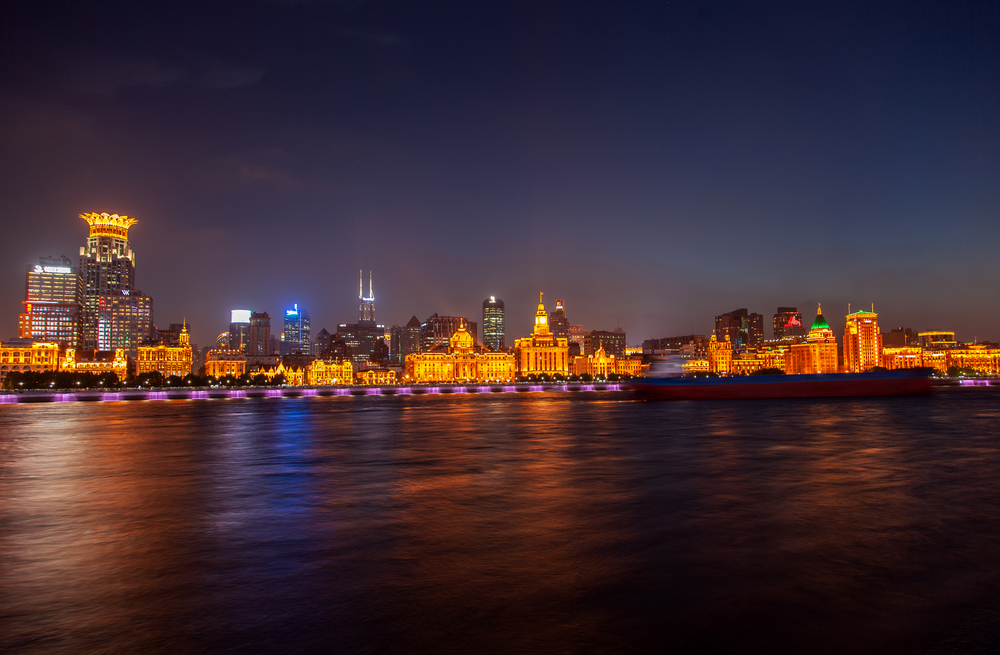
These coastal destinations demonstrate how thoughtful urban planning and natural geography combine to create environments where diverse water experiences coexist within remarkably convenient proximity. The ability to seamlessly transition between cycling scenic paths, paddling protected waterways, and swimming in refreshing waters creates vacation experiences with built-in variety that appeals to multiple interests and energy levels.
Beyond the physical enjoyment, experiencing these environments through different perspectives—from shoreline, water surface, and immersion—creates a deeper connection with these special places. Which of these coastal multisport havens will you explore first?
Like Travel Pug’s content? Follow us on MSN.
More from Travel Pug

- Cities Growing so Fast You Won’t Recognize Them in 10 Years
- 13 Destinations Where Tourists Regularly Regret Their Trip
- 16 U.S. Cities That Are Quietly Becoming Travel Hotspots
- Where to Travel If You Love Long Bus Rides and Daydreams
- 20 Cities Perfect for Solo Travelers Who Crave Adventure & Culture
Like Travel Pug’s content? Follow us on MSN.
